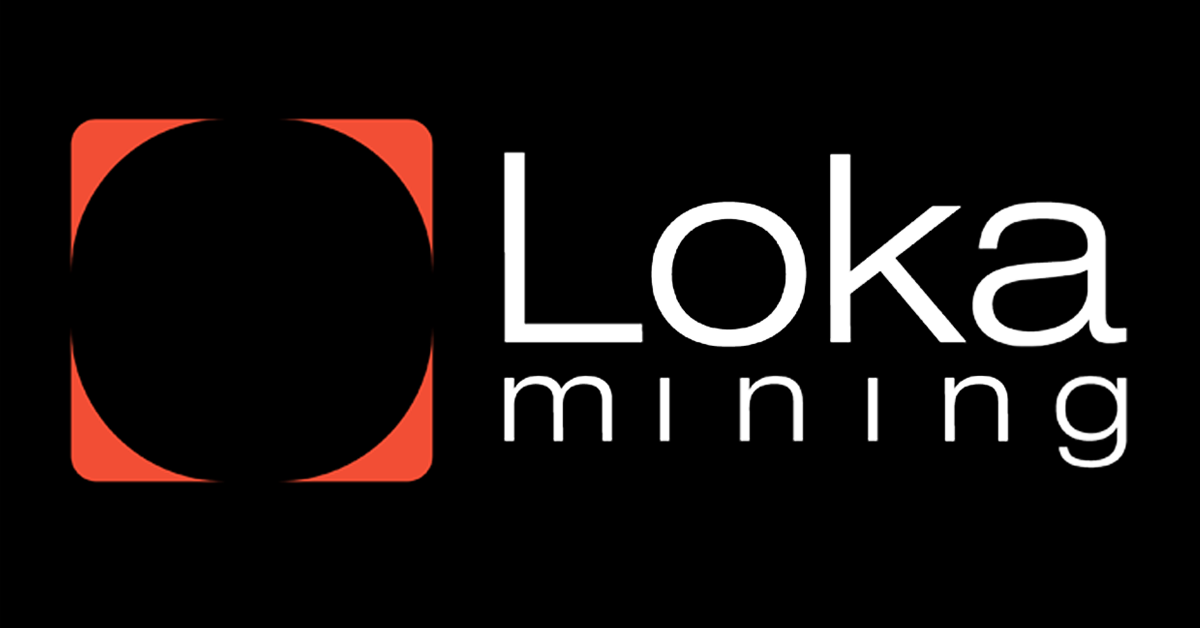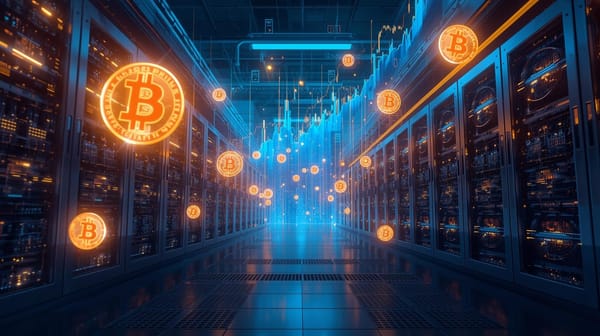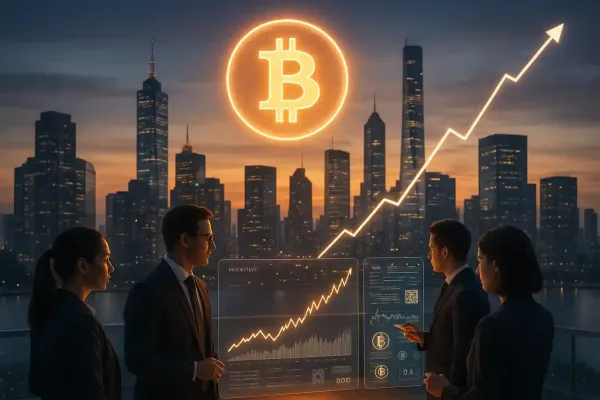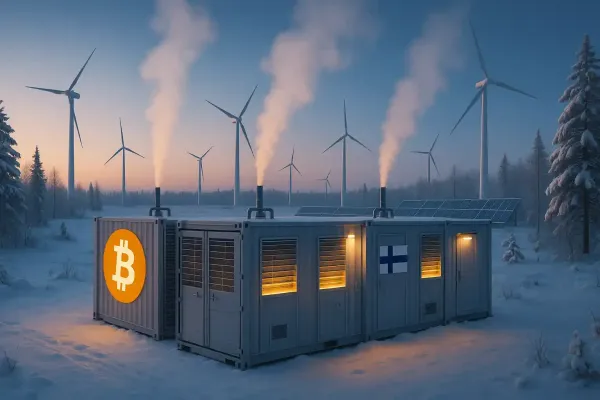Understanding Gas Fees in Bitcoin Transactions
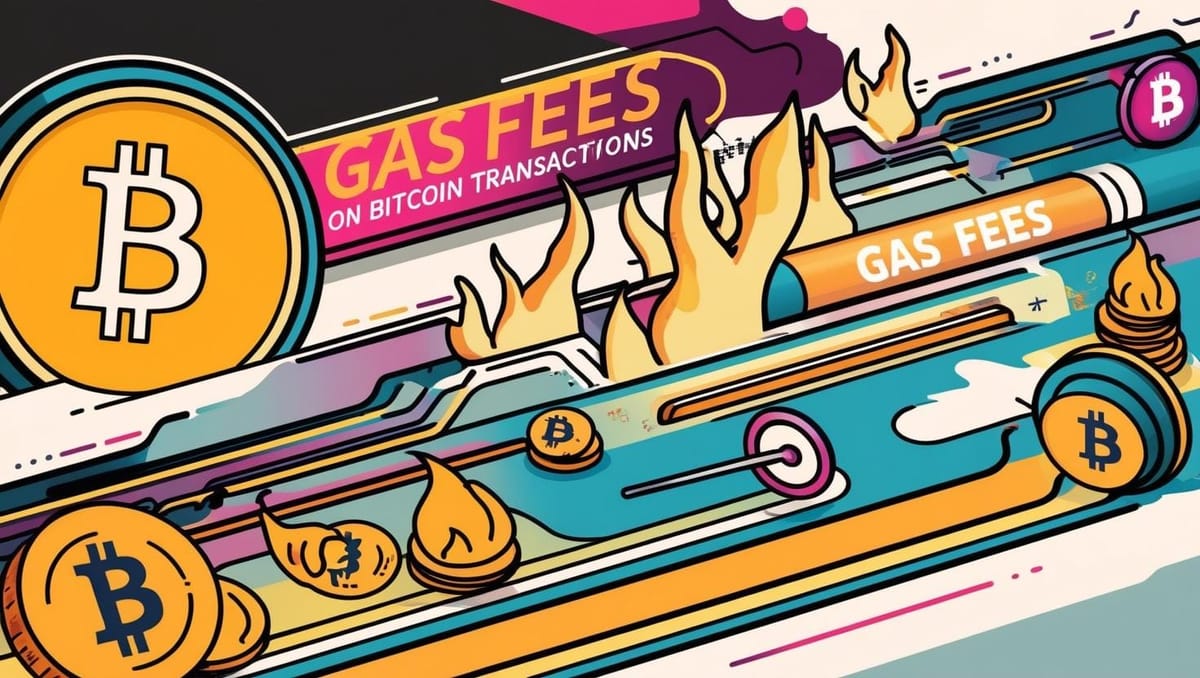
Bitcoin transactions involve a unique mechanism for ensuring that transactions are processed and confirmed within the blockchain network. This mechanism revolves around the concept of gas fees, though in Bitcoin, these are more commonly referred to as "transaction fees." These fees incentivize miners to include transactions in the blocks they mine and help manage network congestion. Here, we explore the details of Bitcoin gas fees, how they are determined, and their significance.
What Are Bitcoin Gas Fees?
Bitcoin gas fees are payments made by users to incentivize miners to process and confirm their transactions. Unlike traditional banking systems where transaction fees are usually fixed, Bitcoin transaction fees are dynamic and depend on several factors within the network.
These fees serve two main purposes:
- Incentive for Miners: Miners earn these fees as part of their reward for validating transactions and adding them to the blockchain.
- Network Efficiency: Fees prevent spam transactions and ensure that only serious users can prioritize their transactions during network congestion.
How Are Bitcoin Gas Fees Determined?
Bitcoin transaction fees are calculated based on the following factors:
1. Size of the Transaction (in Bytes)
Bitcoin transactions are stored in blocks, with a maximum size of 1 MB (expandable to about 4 MB with SegWit). The size of a transaction depends on:
- The number of inputs and outputs: More inputs and outputs increase the transaction size.
- The type of address: Transactions using legacy addresses (non-SegWit) are typically larger compared to SegWit-enabled addresses.
Fees are calculated as:
Transaction Fee = Transaction Size (bytes) x Fee Rate (satoshis/byte)
- Fee Rate (satoshis/byte): Determined by network conditions. When the network is busy, the fee rate increases.
- Transaction Size: Depends on the number of inputs and outputs in the transaction.
For example:
Transaction size : 250 bytes
Fee rate: 50 satoshis/byte
The total fee is:
250 × 50 = 12,500 satoshis (0.000125 BTC)
2. Fee Rate (Satoshis per Byte)
The fee rate varies depending on network congestion. When there are many transactions waiting to be processed in the mempool (a queue for unconfirmed transactions), users must pay higher fees to prioritize their transactions.
3. Network Congestion
When the network experiences high activity—for instance, during market surges or significant events—fees tend to increase as users compete to get their transactions included in the next block.
4. User Preferences
Many Bitcoin wallets allow users to manually set their fee rates or choose from predefined options, such as:
- High Priority: Ensures the transaction is confirmed in the next block.
- Standard Priority: Confirms the transaction within a few blocks.
- Low Priority: Confirms the transaction after significant delays, suitable for non-urgent transfers.
Why Are Fees Necessary in Bitcoin?
1. Preventing Spam
Transaction fees deter users from creating unnecessary transactions, which could overwhelm the network. By attaching a cost to each transaction, only legitimate and serious users utilize the blockchain.
2. Miner Incentives
Miners dedicate computational resources to solve cryptographic puzzles and secure the Bitcoin network. Transaction fees act as a critical source of income, especially as the block reward decreases over time due to Bitcoin’s halving events.
3. Network Efficiency
Fees help prioritize transactions, ensuring the network operates smoothly even during periods of high demand.
Impact of SegWit on Fees
Segregated Witness (SegWit) is an upgrade to Bitcoin’s protocol that optimizes transaction sizes. By separating signature data from transaction data, SegWit reduces the overall size of transactions, which in turn lowers fees for users.
For example, adopting SegWit addresses can:
- Decrease transaction size by up to 60%.
- Lower fees proportionally due to reduced byte usage.
How to Optimize Bitcoin Gas Fees
1. Use SegWit Addresses
Wallets that support SegWit significantly reduce transaction sizes, leading to lower fees.
2. Monitor Network Congestion
Use tools like mempool explorers to check current network activity and choose optimal times to send transactions.
3. Choose Wallets with Dynamic Fee Estimation
Modern wallets provide dynamic fee estimation based on current network conditions, helping users avoid overpaying.
4. Consolidate UTXOs
Unspent Transaction Outputs (UTXOs) from previous transactions can accumulate over time. Consolidating them during low-fee periods helps reduce the complexity and size of future transactions.
Challenges and Criticisms of Bitcoin Gas Fees
1. Fee Volatility
The dynamic nature of fees can make it difficult for users to predict transaction costs, particularly during periods of extreme network congestion.
2. Accessibility
High fees during congestion may exclude smaller users or micropayments, raising concerns about Bitcoin’s scalability and inclusivity.
3. Miner Centralization
As fees become a more significant part of miner revenue, there is a concern that mining may consolidate into fewer, more powerful entities that can better optimize fee revenue.
Conclusion
Bitcoin gas fees are a fundamental component of the network’s security and efficiency. By incentivizing miners and prioritizing transactions, fees ensure the Bitcoin blockchain remains robust and decentralized. While high fees during congestion can pose challenges, adopting best practices like using SegWit and optimizing transaction timing can help users minimize costs. As Bitcoin evolves, ongoing innovations aim to address these issues, making the network more accessible and scalable for users worldwide.
This article presented by Loka Mining.
Loka is revolutionizing the Bitcoin mining ecosystem by directly connecting investors with Bitcoin miners through a decentralized mining pool and an upcoming permissionless forward hashrate marketplace protocol.
Loka enables investors to get Bitcoin at lower than market price without centralized & counter-party risks, and Bitcoin miners to access capital efficient financing and hedge their risk exposure by selling their future mining rewards.
Find out more about loka in https://lokamining.com — or access our mining pool aggregator on https://pool.lokamining.com
